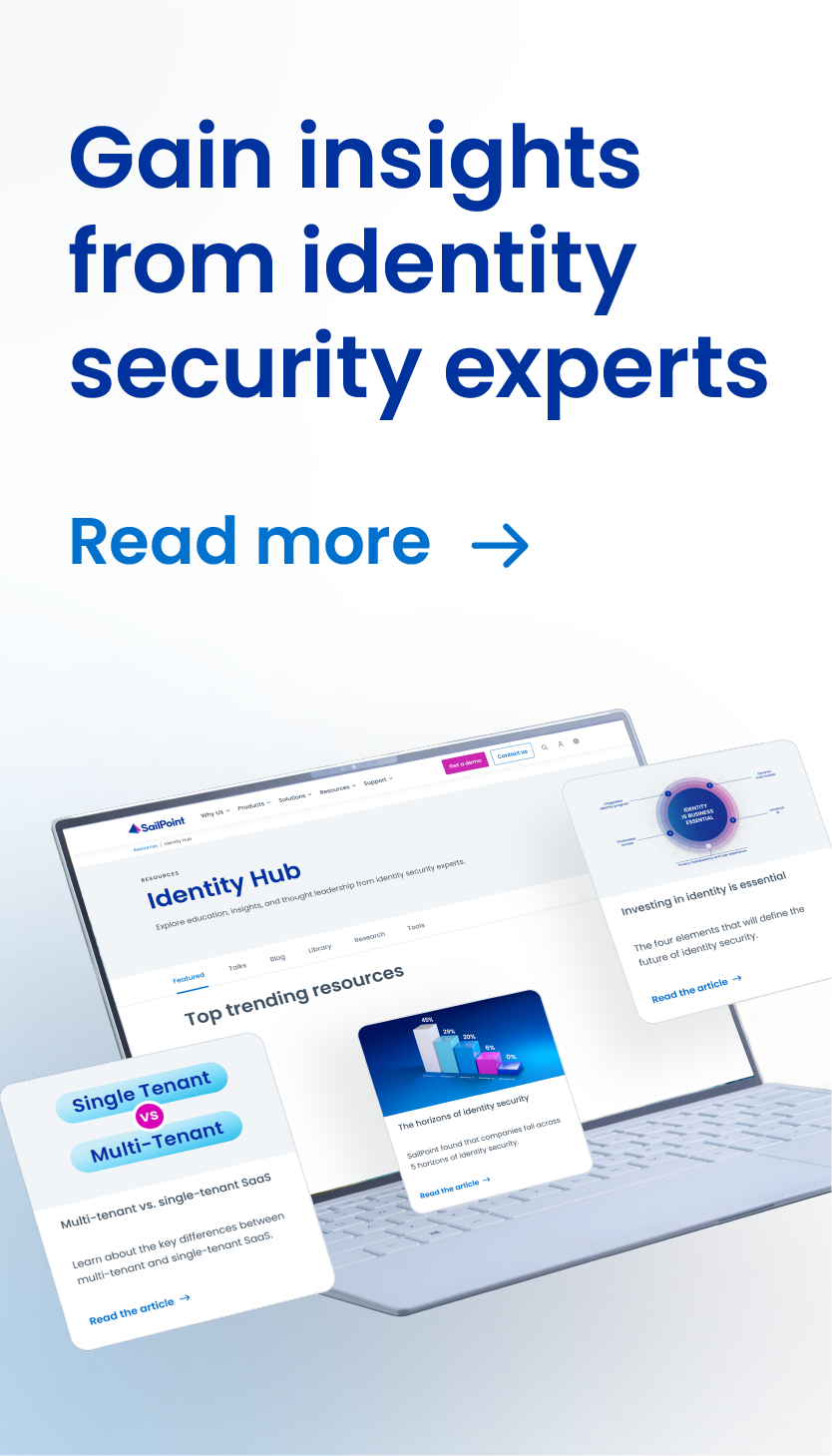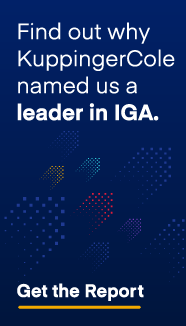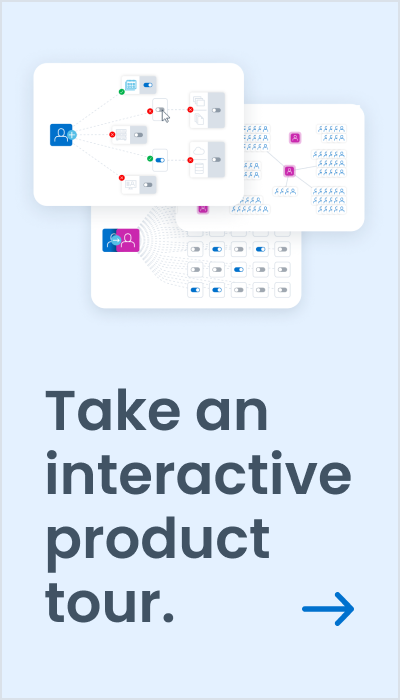Your Workforce Has Changed, So Must Your Identity Strategy
No organization could have foreseen the drastic impact the current pandemic has had on their business. With the economy roaring along just a few months ago, the look of today’s workforce couldn’t be further from reality—but it’s now become the new normal, and organizations need to adjust their identity strategy to keep up with this dynamic workforce.
Most offices look like ghost towns, with a majority of workers now remote in some capacity. Many companies are having employees stay home for the rest of 2020, and some, including Facebook, are moving to permanent remote working.
Those organizations struggling during these times have had to furlough or even let go of many of their employees. But as the economy slowly opens back up, these same workers are being recalled back into the workforce. Some are being brought back not as employees, but instead as contract workers. Those coming off furlough may be coming back to jobs that have different responsibilities to help address changing business needs.
Before the pandemic, organizations may have gotten by with basic access management and provisioning. But in their haste to quickly get their workforce, contractors, and other third party staff productive many shortcuts were taken, which led to access being provisioned freely – leading to overprovisioning and potential risk.
With limited controls to ensure ongoing access is appropriate and properly governed, many security and compliance gaps are now surfacing for those still relying on basic access management. Add in the new dynamic mix of workers, and these security and compliance issues become an even bigger problem.
But what if you had an identity governance program that was designed to be automated and adaptive to move in lockstep with your changing workforce?
Whether your employees continue to work from home, come back to the office in different roles, or transition to contractors, they would receive the right-sized set of access to do their job when they need it—nothing more, nothing less.
As your staff continued to change over time, you could schedule recurring reviews to ensure access to applications and data is still applicable for their role, and mitigate any security or compliance issues stemming from lingering, unchecked access.
With Slack and Zoom now highly relied upon, and also a key threat target, you could securely provision and protect access to your crucial collaboration applications.
Now is the time to make this a reality.
With the recent updates to our SaaS identity platform, organizations can evolve their identity program to keep up with the new DNA of today’s workforce. Businesses can keep all users (employees and non-employees) productive while ensuring that access is appropriate even in the face of constant change.
These latest improvements, together with our AI-driven identity approach, adapt to organizational changes to secure access, and ensure continued productivity across the business.
- Non-employee lifecycle management – easily create and manage non-employee identities, while quickly granting, modifying or revoking user access for third parties, including contingent workers, partners, and suppliers
- New connectors for Slack and Zoom – rapidly provide secure access to Slack and Zoom for a connected workforce across the globe
- Advanced certification and campaign configurability – continuously ensure compliance by efficiently maintaining correct access for users with advanced certification and campaign configurability, stopping over-provisioning in its tracks
Interested in learning more about securing access to your dynamic workforce? Register for our upcoming webinar “The Essentials of Future-Proofing a Dynamic Workforce” to find out how you can:
- Go beyond basic access management and provisioning to secure your workforce
- Ensure access is always appropriate for workers – beyond just employees
- Keep your organization prepared to adapt to change



Discussion